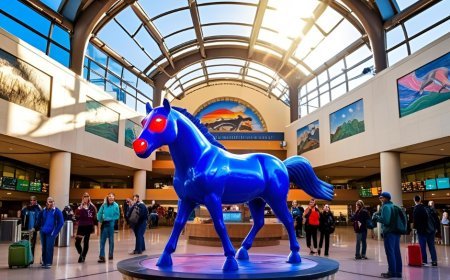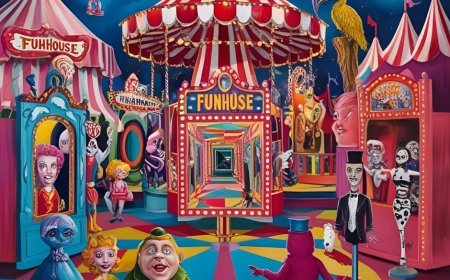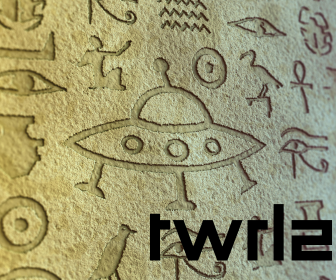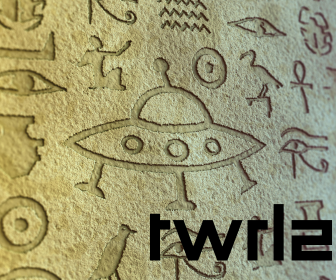The Vocal Memnon
The Colossi of Memnon are two large statues built beside the River Nile near Thebes around 1350 BC. In 35 BC they suffered damage from an earthquake, at which point the statue on the right began to "sing" every morning. Which is to say, it made a strange moaning sound. It came to be known as the Vocal Memnon. It continued to make sounds for around 200 years, until it was repaired on orders of Settimius Severus in 196 AD. The sound was well attested to, so scholars don't doubt that the statue really did make some kind of weird noise. The question is, what caused the noise? The most popular theory is that it was a natural phenomenon, caused perhaps by the expansion of the stone as the morning sun hit the statue. But a rival theory is that it might have been an ancient hoax. Proponents of this theory note that Heron (or Hero) of Alexandria was alive when the statues suffered the earthquake damage. Heron had written a treatise, Pneumatica, on the mechanics of noise, and he had also constructed a variety of noise-making devices. Perhaps Heron installed a noise-making device in the statue. He would probably have done this in collusion with the priests from the nearby temple, as a way to attract visitors to both the statues and the temple. There's no direct evidence to support this theory. On the other hand, the idea that a natural phenomenon made the statue sing also seems questionable. More info: "Memnon, the Vocal Statue," by Massimo Pettorino in The Proceedings of the International Phonetic Association, 1999.

In 35 BC they suffered damage from an earthquake, at which point the statue on the right began to "sing" every morning. Which is to say, it made a strange moaning sound. It came to be known as the Vocal Memnon. It continued to make sounds for around 200 years, until it was repaired on orders of Settimius Severus in 196 AD.
The sound was well attested to, so scholars don't doubt that the statue really did make some kind of weird noise. The question is, what caused the noise?
The most popular theory is that it was a natural phenomenon, caused perhaps by the expansion of the stone as the morning sun hit the statue.
But a rival theory is that it might have been an ancient hoax.
Proponents of this theory note that Heron (or Hero) of Alexandria was alive when the statues suffered the earthquake damage. Heron had written a treatise, Pneumatica, on the mechanics of noise, and he had also constructed a variety of noise-making devices.
Perhaps Heron installed a noise-making device in the statue. He would probably have done this in collusion with the priests from the nearby temple, as a way to attract visitors to both the statues and the temple.
There's no direct evidence to support this theory. On the other hand, the idea that a natural phenomenon made the statue sing also seems questionable.
More info: "Memnon, the Vocal Statue," by Massimo Pettorino in The Proceedings of the International Phonetic Association, 1999.

What's Your Reaction?







































